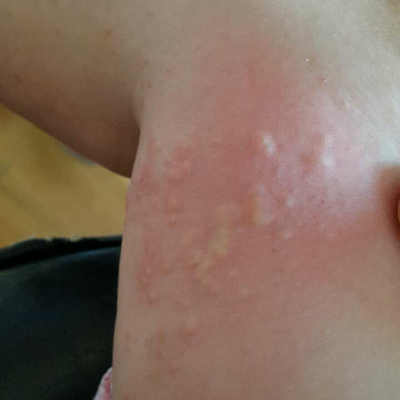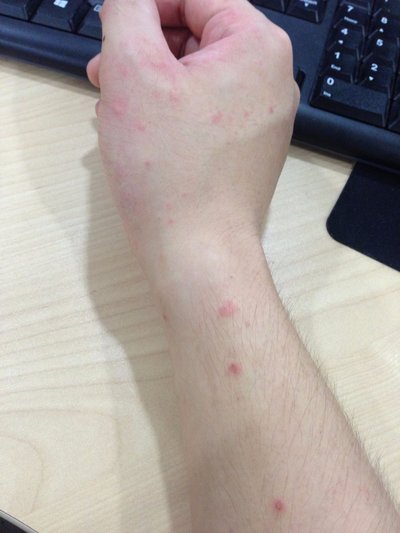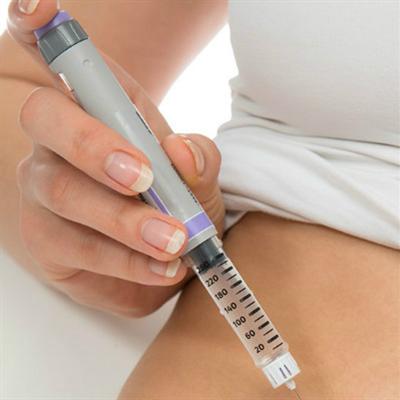How does radioactive dermatitis do?
summary
Patients with radiodermatitis have a series of clinical symptoms, such as macular rash, dry skin, hair loss and depigmentation. This disease is mainly due to a variety of ionizing radiation and some harmful substances damage the skin caused by inflammatory damage. Patients with this disease, in life should pay attention to a full range of care, in order to recover faster. So how to care for patients with this disease? Let's learn about it and share my experience!
How does radioactive dermatitis do?
Radiation dermatitis can be characterized by acute erythema and desquamation, or chronic symptoms such as skin atrophy, telangiectasia and fibrosis. Although reducing radiation dose and using advanced radiation transfer mode may help to reduce the severity of radiation effects on skin, radiation dermatitis is still one of the most common side effects of RT, which can affect the quality of life of patients during and after treatment.

If the patient's condition is serious, it may limit the radiation dose or interrupt the treatment, which will have a negative impact on the therapeutic effect. Therefore, how to deal with radiation-induced skin damage during and after treatment is an important issue in cancer care. This article focuses on the typical skin reactions associated with radiotherapy, as well as the current evidence-based management and intervention methods.

Patients are usually advised to use skin emollients or moisturizers throughout RT. At present, there are many drugs for the treatment of radiodermatitis in clinic, but only triethanolamine cream is on the market. Most of the clinical studies of other drugs are lack of universality due to insufficient sample size and inconsistent evaluation standards. Therefore, there is no standard treatment scheme in clinic.
matters needing attention
In general, patients are advised to wear loose clothing to minimize skin friction and unnecessary trauma in the treatment area. Encourage patients to avoid direct sunlight, not only limit the time of direct sunlight, but also wear clothing made of high UV protection materials. Patients are also not encouraged to expose their skin to extremely hot and cold environments, as well as to use cosmetics or other potentially irritating products in areas of the skin for treatment. Skin Shaving within the radiation range should be cautious. Electric razor should be used to prevent skin damage, and pre shaving or post shaving water should be avoided. Straight edge or disposable razors are not recommended because of the risk of skin surface damage.

















